As part of our research into sustainable living Bobby and I went to Narara Eco Village Open Day on Saturday. Why would we spend our weekend traipsing round an eco village? Well, it’s all part of the research phase of our future plans!
Visiting eco villages in Australia
Along with my eco house dreams I’ve been pondering establishing a small community of like minded conscious friends on a plot of land with onsite eco accommodation, a retreat centre and event venue. Bobby is keen to build an eco house and accom to rent out and grow some food. But I’m also interested in making something bigger including an event venue and other houses. We haven’t yet decided on the details so this next year I’ve decided to explore more eco villages and eco accom to get ideas and learn. I’ve only visited a handful of eco villages so far including Green Village Bali and Billen Cliffs Village.

I googled Eco Villages in Australia and looked at the map (there are more when you zoom in)
First stop: Google. I searched ‘eco village Australia’ and looked at the locations on Google maps. There are more and more eco villages popping up across Australia in recent years. Narara Eco Village is the closest to Sydney so seemed like a good place to start. On the website the founders explain their vision for the eco village: “Imagine a group of people of all ages, living sustainably as a thriving community in a contemporary development near Sydney – having fun, living lightly, being connected…” Sounds great!
Joining Narara Eco Village Open Day

We hired a GoGet and drove the 1.5 hours north from our home in Bondi to Narara. On arrival at Narara Eco Village everyone we met was smiling and welcoming. We checked in to the main community centre and the members on the welcome desk explained the timings of the day etc. It felt a bit like being on a school trip.
After a wander around we joined the group tour of the grounds at 2.30pm. Our guide lead us through and explained the plans for the different parts of the land. I was amazed how much the few kilometres of newly laid road cost – millions!. Something I’d never properly considered before when imagining building an eco community.

They’ve recently had roads laid through the village.
Access and planning
There’s a lovely quiet spot of land beyond the bridge (below) But as there’s no proper road over the bridge the community can’t get planning permission to build dwellings on the land beyond. This is because emergency vehicles wouldn’t be able to access the homes in a flood. Building an accessible bridge would cost over a million dollars. Access for ambulances and fire engines etc is another thing that had never occurred to me! In my eco village I’d like tracks for bikes and golf-buggies, with roads for cars only where absolutely necessary. How realistic this is I’m not yet sure.

Bobby on the bridge over the stream.
The land is 150 acres and they’ve divided it into about 40 plots for houses to be built on. I hadn’t realised how early days the project was and that none of the houses are yet under construction. It’s surprising to see the land undeveloped and imagine how many houses will fit there. There are a few buildings that were already on the land when they bought it which are used as a mixture of homes and community centres etc.

The Federation House was already on site. A yoga teacher lives there and plans to run yoga retreats.
Building a camp ground
There will be a camping ground where people can stay and attend workshops on sustainable building and permaculture etc. I’d also love to have a campground on our land with a mixture of space for tents, glamping and yurts to open it up to all budgets. It’s a great way to bring people into the community and make some money before all the building is finished.

Building the camp kitchen with rammed earth
Getting help from volunteers
We saw a team of people building a camp kitchen using rammed earth (basically ramming earth into old tyres). They will find helpers from Helpx and Wwoof. (Both organisations where volunteers can exchange labour and skills for food and accommodation) I’ve had great adventures travelling as both a Helpxer and Wwoofer over the years. So I’ve always considered being a host in future as it makes financial sense if you have lots of land or spare accommodation, as well as being a great cultural and skills exchange.

Tool library – one of the sharing initiatives
Small-scale sharing economy
Another great sharing initiative is this cute ‘tool library’, above. This idea can be applied to any number of resources such as a toy library. Bobby and I discussed how small-scale car sharing would work well. We’ve decided we’ll have a collection of Telsas and a few vans which can be hired GoGet-style near the entrance in our eco village. ;p

Bobby, left, me, Huy, Huy’s wife and son and another kid from the tour. We arranged ourselves in height order without realising it!
By crazy coincidence I bumped into an old work-mate from London on the tour – Huy, above. We worked together at The Energy Saving Trust (EST) about ten years ago, in 2008!! I guess we both have an interest in green living having worked for EST. Huy now lives down the road from Narara and he had heard about the open day locally, as he’s big into worm farming. But really, what are the chances?!

Luckily for the members the land came with a dam which they plan to use for water further down the line.
Sociocracy
All the decisions and running of the community use a system of Sociocracy. Any decisions are made using this collaborative social democratic voting system based on the overall consensus of the group. Every single individual gets a say. Our guide told us that one of the hardest decisions to get agreement on was the naming of the roads!

Narara conservatory was reworked by a member who is a glass worker.
Food production and consumption
The members are planning multiple permaculture food forests, and there’s a conservatory for growing food too. Our guide (who already lives on site) told us he keeps bee hives and brews his own kombucha. We saw a cluster of pecan trees – finding a site with mature fruit and nut trees and some useable structures like this is ideal.
Other future plans for the village include a trendy wholefoods cafe and a shop selling staples such as rice and pasta etc Scoop-style with no bags. I love this idea, but imagine they’d need a fair few outside visitors to keep these going as businesses. I have no doubt there will be loads of interest from the locals once the village is underway, particularly as there’s a school next door. I’ll be keeping an eye on their progress as building is about to start on the houses.

A little shed opposite the dam
Stuff I learned about building an eco community
- Plan it in stages
- Keep the local council on good terms
- Don’t rely on banks for funding as they might tar you with the ‘hippy’ brush and pull out
- Establish a group of founding members early on and get buy-in
- Roads and emergency access are a key consideration in terms of planning, cost and permission
- Sociocracy sounds like a great way to govern a community
- It takes a long time!
Although I went to the open day expecting to see a more developed eco village, seeing the early stages gave us more of an idea of the hard work and time required to plan and establish such a project. Getting a glimpse of the hassle, money and bureaucracy we’d have to deal with will help inform our planning and decisions. E.g. do we want to spend potentially decades establishing something like this?! At this stage I’m definitely not ruling out building a small community, but buying a house in an already-established eco village is definitely an easier option. Further exploration is needed – watch this space!
Narara Eco Village Open Day is the last Saturday of every month.
Interested in Sustainability?
The global Sustainability Award helps to identify the best sustainable and plastic-free options. It’s my latest eco-venture, please check it out, and say hello on social media!
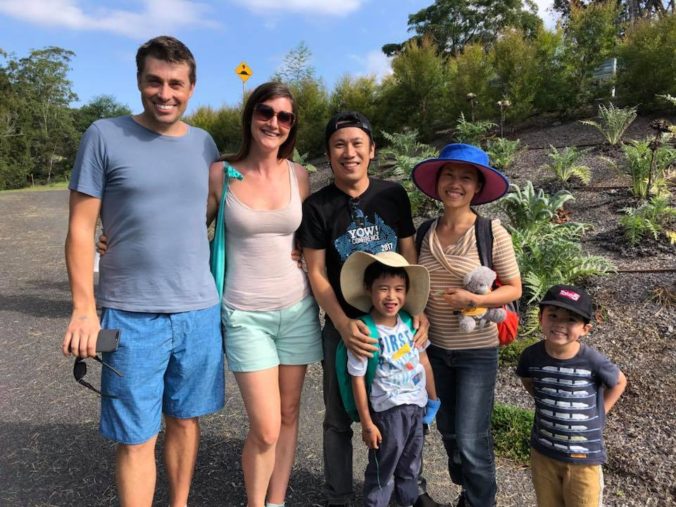
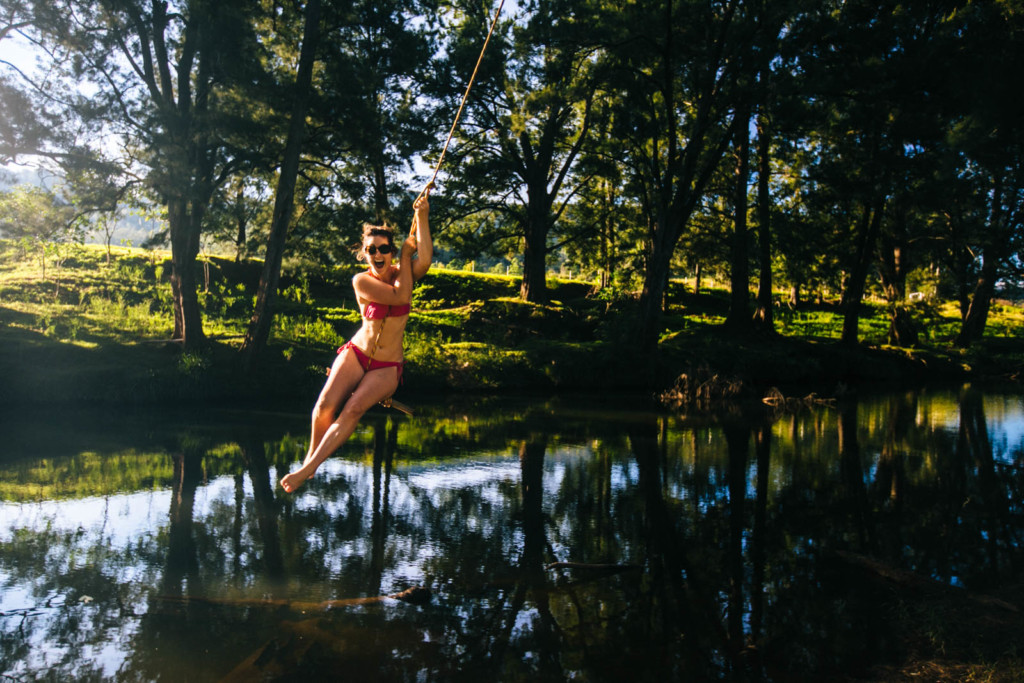

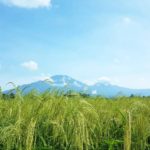
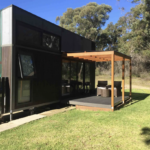
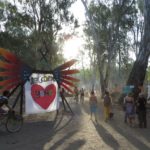
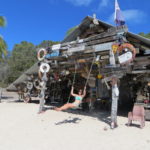
Great post. I’m pretty sure I took you around the site and glad you enjoyed it! Stay in touch and come back as we progress through the development.
Thanks Lincoln, yes it was you! You were a great guide – thank you. Look forward to seeing it progress, you’re lucky to live there! 🙂